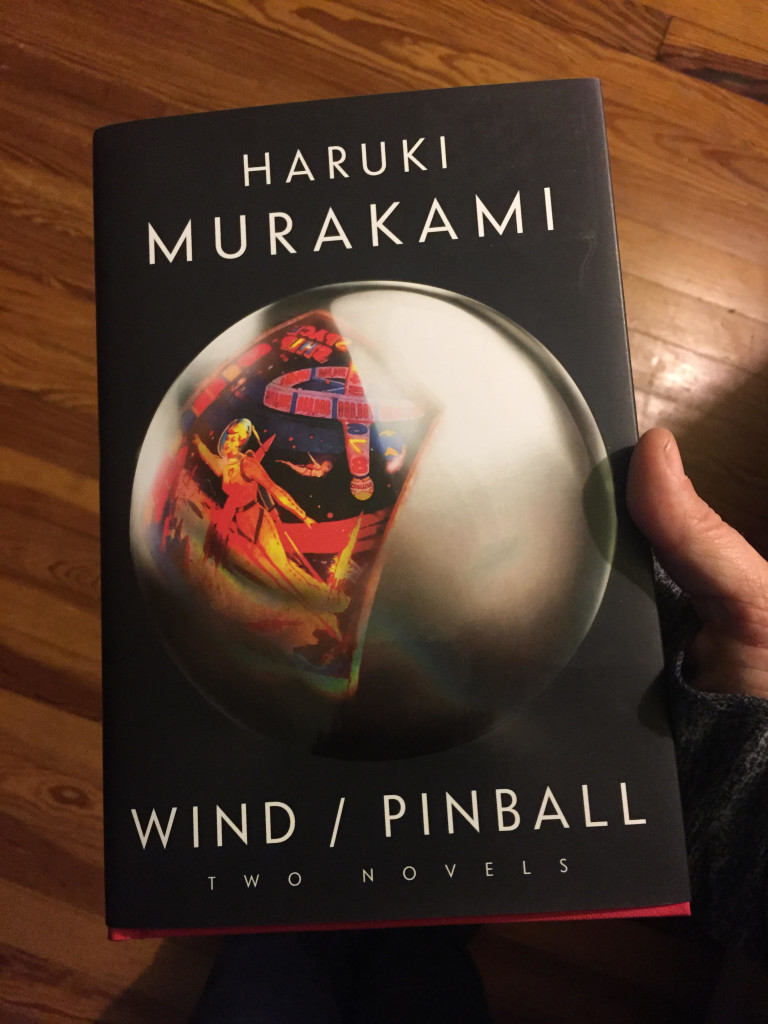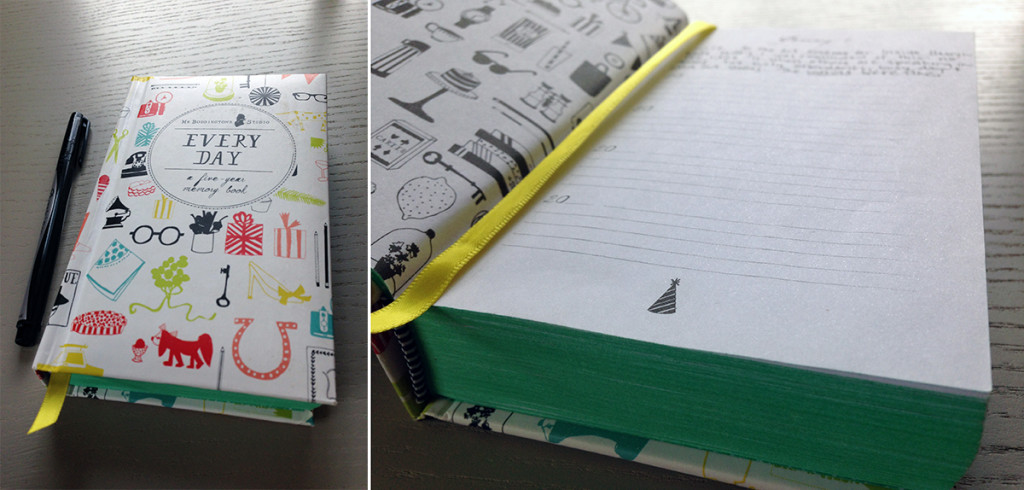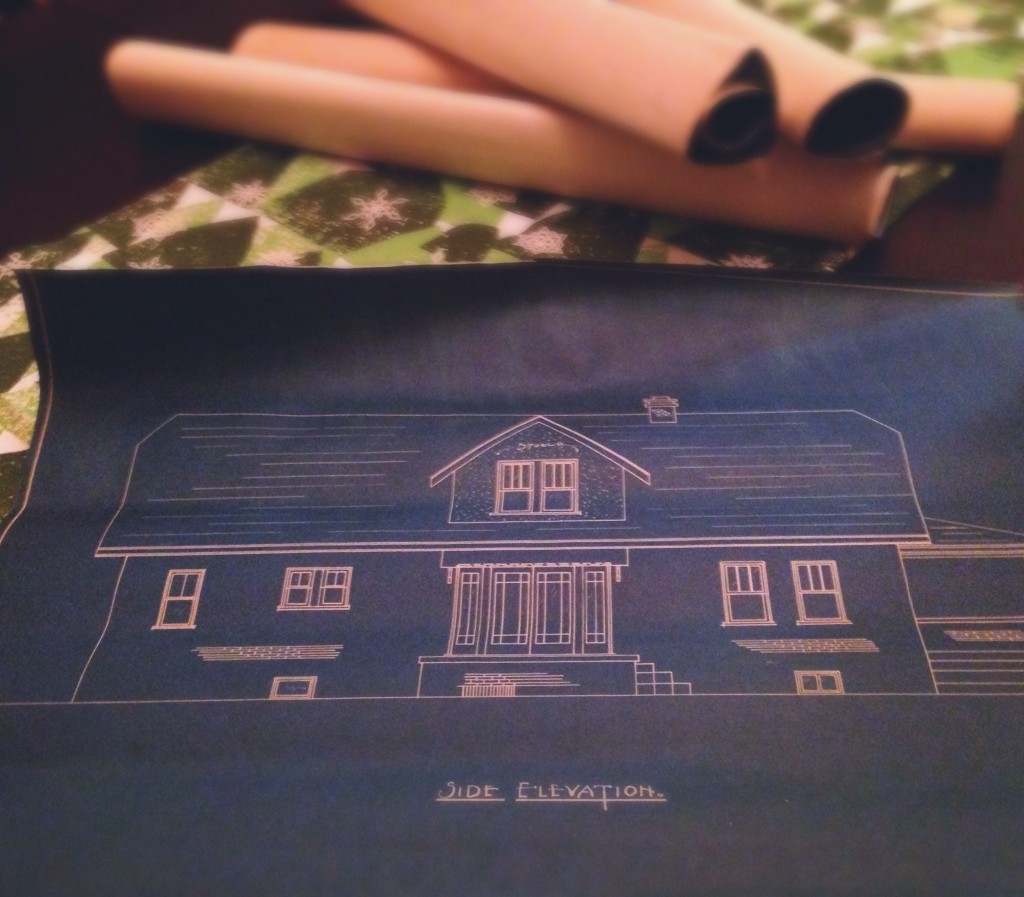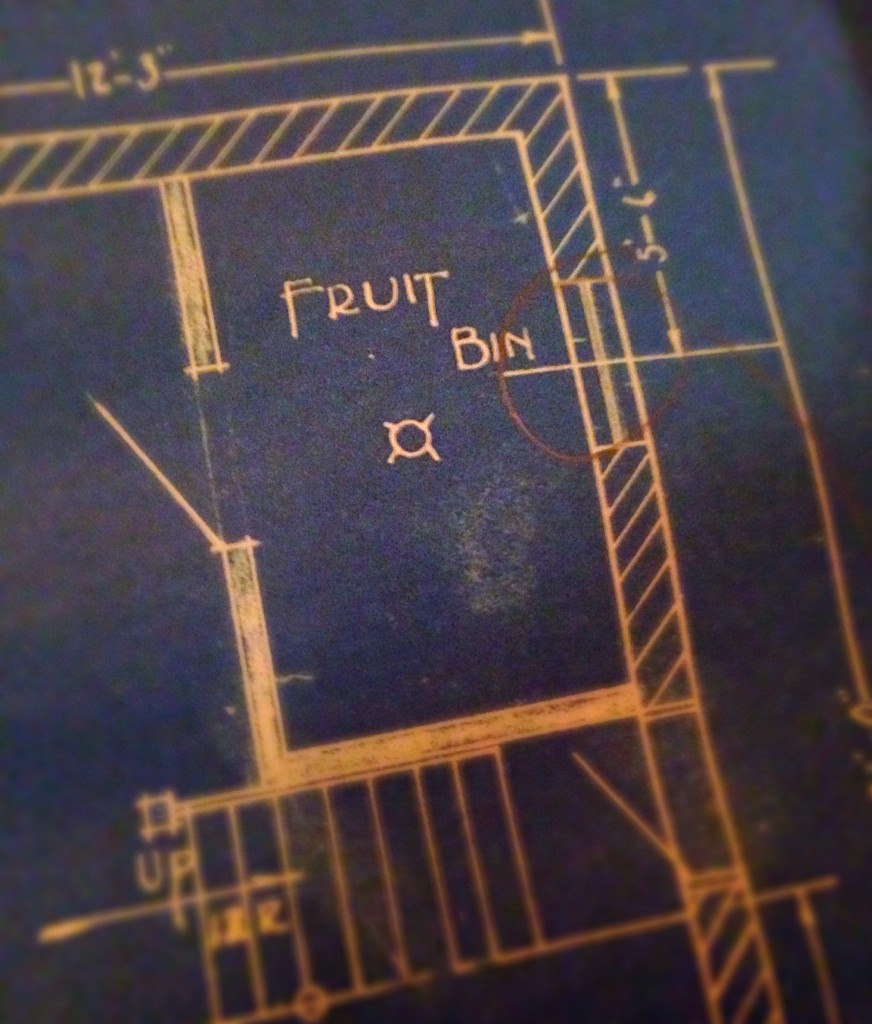There’s no such thing as a perfect piece of writing.”Haruki Murakmai

It’s odd to sit down with this new book right at the start of the #ThinkKit16 challenge, which has asked me to write the first line of my autobiography, and then to sum up a whole year. Both tasks I struggled with mightily – it took me at least three times as long to find my words. This is what happens when you don’t keep up with your craft.
This book came to me, I suspect, just when I needed it. From Hear the Wind Sing, page 4:
Now I think it’s time to tell my story.
Which doesn’t mean, of course, that I have resolved even one of my problems, or that I will be somehow different when I finish. I may not have changed at all. In the end, writing is not a full step toward self-healing, just a tiny, very tentative move in that direction.
All the same, writing honestly is very difficult. The more I try to be honest, the further my words sink into darkness.
Don’t take this as an excuse. I promise you—I’ve told my story as best I can right now. There’s nothing to add. Yet I can’t help thinking: if all goes well, a time may come, years or even decades from now, when I will discover that my self has been salvaged and redeemed. Then the elephant will return to the veldt, and I will tell the story of the world in words far more beautiful than these.
I read this passage multiple times, like a meditation.
This is a thing you can do with a real book. Thumb through the pages, trace the lines with a finger. You can look the words in the eye without wincing.
This post is part of Think Kit by SmallBox
Prompt: “Get Analog. No screens, no technology – let’s think about real world experiences. What did you do with your hands this year?”









